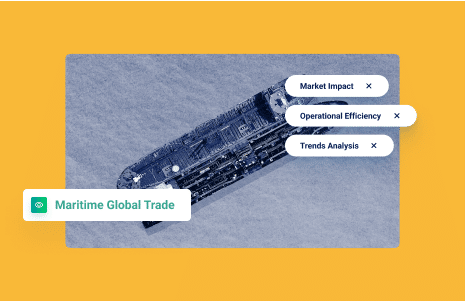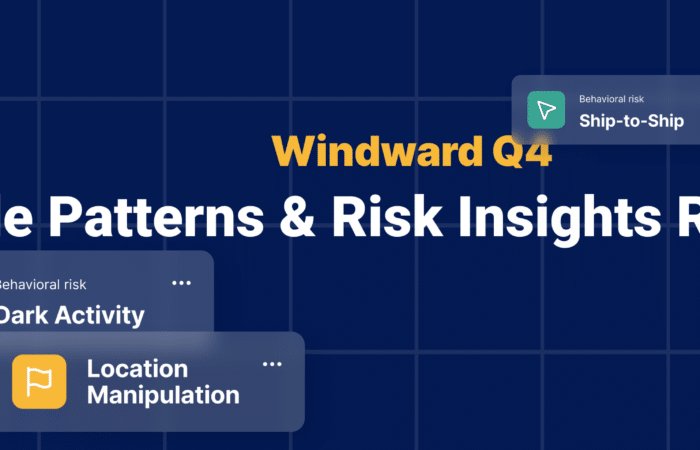What’s inside?
The European Council recently announced that it has extended the scope of sanctions related to Russia’s Ukraine invasion. After adding 160 individuals to the EU sanctions list, bringing the total number of individuals and entities to whom the EU restrictive measures apply to 915, it also introduced restrictive measures against Belarus President Lukashenko and other officials.
Belarusian banks were not exempt and will be affected by restrictive measures, including Belagroprombank, Bank Dabrabyt, and the Development Bank of the Republic of Belarus.
This is just the latest update from one of the regulatory bodies responsible for enacting sanctions. There is also OFAC in the U.S., OFSI in the UK and other local bodies. They are all attempting to remain aligned, creating a domino effect: it seems like new sanctions are introduced every few days, with regulators striving to lead the way, or stay aligned.
Every time regulations change, or names are added in bulk to a list of sanctioned entities, banks must apply a series of processes to ensure they are not currently involved (or part of a process that could lead them to being involved) in a financial activity with a forbidden person or company. During this process, banks must identify transactions that involve a sanctioned party. Once they find such a transaction, they need to assess the bank’s role in the transaction, understand the obligations to the sanctioned party, identify the financial instruments that were issued, etc.
Instead of executing this complex, time-consuming process multiple times per week, in an attempt to be more efficient and protected from penalties, some banks are choosing to fully restrict commercial operations with all Russian and, after today’s update, Belarusian entities. Banks that enact this approach are essentially refusing to issue, confirm or authenticate letters of credit to anyone directly or indirectly connected to any Russian or Belarusian businesses, as well as all nationals of these countries.
The issue with this approach is that it likely will not reduce the complexity for banks. This would represent the largest blacklist ever created, targeting 3.75 million businesses and their affiliates, and 154 million individuals and their close relatives. Even for the banks that find this process to be somewhat manageable, they may not be able to exactly measure the impact of such drastic measures, and the definition of which entities are connected to Russia is “grayer” than one would think.


Within the context of trade finance, Windward data shows that there are 4,868 active vessels with a Russian company listed in their ownership and management structure, including 2,145 cargo vessels, and 1,048 tanker vessels.
As of the time this piece was published, only 39 of them are officially sanctioned vessels, but that certainly doesn’t guarantee that the rest are safe for business. In fact, any transaction in which one of these vessels plays a role that would generate revenue to a Russian entity that owns or manages it, likely violates the new sanctions. Aside from the possible fines, the risk of reputational damage that comes with non-compliance is possibly more important to banks.
This creates a reality in which financial institutions need to move from a relatively straightforward “yes/no” approach to vetting counterparties to fully understanding the ownership structure and business relationships of a company, down to their stakes in individual vessels. And yet, most transactions will have a Bill of Lading attached to them, but rarely the full details of the vessels facilitating the trade.
Ideally, sanctions compliance teams would have access to the vessel IMO, which would provide a unique identifier. But in most cases, the only information provided are the vessels’ names, or partial names. There is no way to achieve the level of granularity needed to be fully covered in an effective way, without the use of AI-driven technology.
Windward’s Maritime AI platform leverages fuzzy search capabilities to minimize the number of vessels that require further investigation and confidently flag or clear transactions. Overall, Windward allows an efficiency gain of at least 97.2% to the detection and investigation process, by immediately understanding the risk level of any vessel, based on customizable risk criteria, and automatically mapping its seven levels of ownership.
Now, more than ever, banks require the ability to cut through the confusion and drill down into the supply chain of every transaction, to stay on the right side of regulations.



